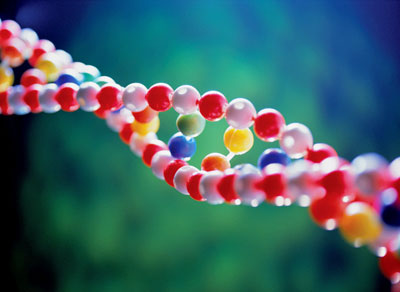|

by Susanne Posel
May 26, 2012
from
OccupyCorporatism Website
Spanish version

Bio-engineers at Stanford University,
have successfully “recombinase - mediated DNA inversion”; meaning
they encoded, stored and erased digital information within living
DNA cells.
The findings were published in the
Proceedings of the National Academy of Sciences.
This research could be explained as a non-volatile memory - a
computer terms that cites how information can be stored without
consuming power.
They invented a device called the
recombinase addressable data
(RAD) module. The team used RAD to tweak a section of DNA located in
microbes. They measured the microbes response to ultra-violet light.
The microbes glowed either red or green, depending on how the
section was influenced (or turned on or off).
Lead researchers Jerome Bonnet said:
“It took us three years and 750
tries to make it work, but we finally did it.”
Bonnet, Pakpoom and Endy took natural
enzymes adapted from bacteria, then reapplied them to flipped
targeted sequences of DNA with specific back and forth commands.
This binary digit of analogous data was encoded into the living
cells.
Pakpoom explained:
“Essentially, if the DNA section
points in one direction, it’s a zero. If it points the other
way, it’s a one.”
“Programmable data storage within the DNA of living cells would
seem an incredibly powerful tool for studying cancer, aging,
organism development and even the natural environment,” Endy
added.
One possible implication of this
discovery would be the allowance of researchers to count how many
times a cell will divide to aid in turning off cancerous cells
before they become problematic.
|

